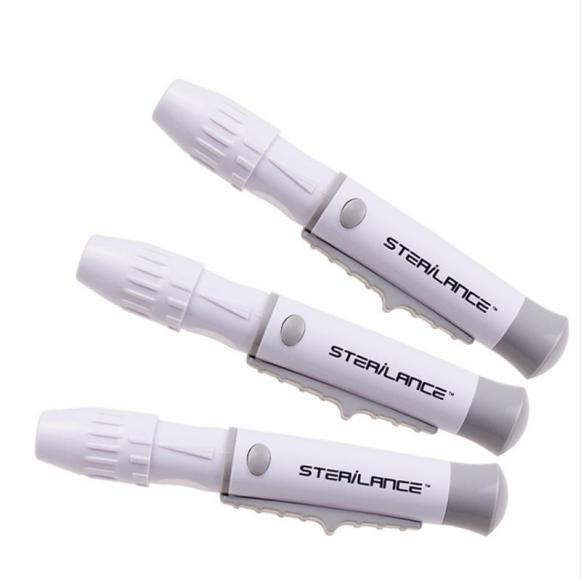Common types of surgical instruments and their functions
2023-10-18
Surgical instruments are specialized tools or devices used by medical professionals, including surgeons, doctors, and nurses, during surgical procedures and medical interventions. These instruments are designed for precision, sterility, and specific functions to perform various tasks during surgeries and other medical procedures. Surgical instruments are typically made from high-quality materials and are subject to rigorous quality control standards to ensure their effectiveness and safety. Here are some common types of surgical instruments and their functions:
1. Scalpel: A scalpel is a sharp, small, and precision cutting instrument with a straight or curved blade. Surgeons use it for making incisions in the skin and other tissues.
2. Surgical Scissors: Surgical scissors come in various shapes and sizes and are used for cutting tissues, sutures, and other materials during surgery.
3. Forceps: Forceps are tweezers-like instruments used for grasping, holding, or manipulating tissues, blood vessels, or other objects during surgery. They come in a wide range of specialized designs for various purposes.
4. Needle Holder: A needle holder, also known as needle driver, is used to hold and manipulate surgical needles and sutures during stitching or suturing.
5. Hemostats: Hemostatic forceps, or hemostats, are used to clamp and control blood vessels, tissues, or bleeding during surgery to achieve hemostasis (stoppage of bleeding).
6. Retractors: Surgical retractors are instruments used to hold back or separate tissues and organs, providing surgeons with better visibility and access to the surgical area.
7. Surgical Suction Devices: These devices are used to remove blood, fluids, and debris from the surgical site, ensuring a clear view for the surgeon.
8. Trocars: Trocars are pointed instruments used for puncturing the abdominal wall in laparoscopic surgery to create entry ports for laparoscopic instruments.
9. Electrocautery and Diathermy Devices: These instruments use electrical energy to cut, coagulate, or seal tissues during surgery, reducing bleeding and providing precision.
10. Surgical Drills and Saws: Orthopedic and neurosurgical procedures often require specialized drills and saws for bone cutting and shaping.
11. Surgical Staplers: Surgical staplers are used to close and seal tissues or organs during surgery, providing a faster and more efficient alternative to sutures.
12. Specula: Specula are instruments used to hold open or expand cavities, such as the vaginal speculum used in gynecological examinations.
13. Surgical Hooks and Probes: These instruments are used for exploration, tissue manipulation, and dissection during surgical procedures.
14. Laparoscopic Instruments: Laparoscopic surgery requires specialized instruments with long, thin shafts and miniaturized tips to perform minimally invasive procedures through small incisions.
15. Surgical Retractors: These devices are used to hold back or separate tissues and organs, providing a clear view of the surgical area.
16. Dental Instruments: Dental surgeries and procedures involve a wide range of specialized instruments for various tasks, including tooth extraction, scaling, and oral surgery.
17. Ophthalmic Instruments: Ophthalmic surgeries require precision instruments for delicate procedures involving the eye, such as cataract surgery and retina surgery.
Surgical instruments are essential tools in the field of medicine and surgery, and they must be properly cleaned, sterilized, and maintained to ensure patient safety and prevent infection. Different surgical specialties may require unique instruments designed for specific procedures, and advancements in medical technology continue to lead to the development of new and improved surgical instruments.



